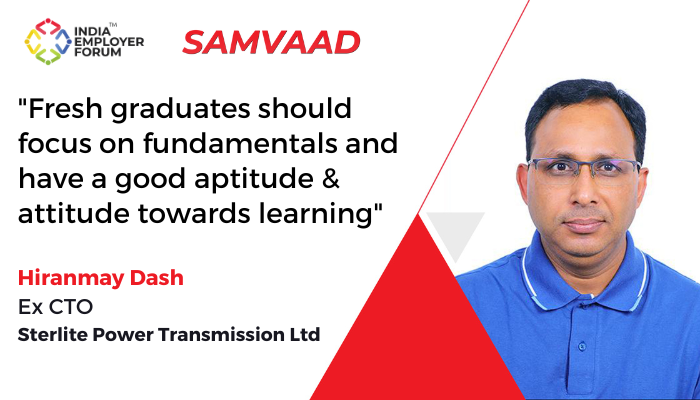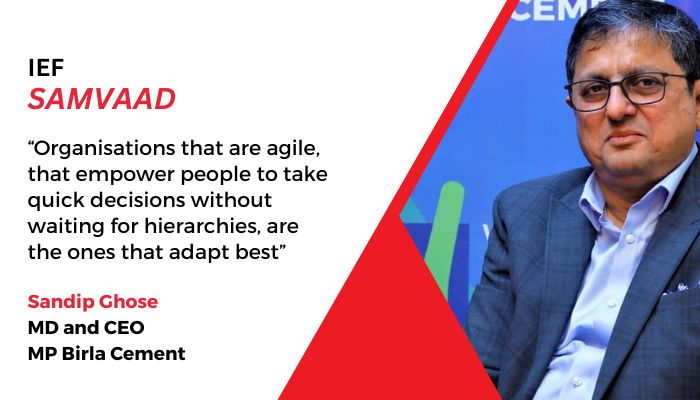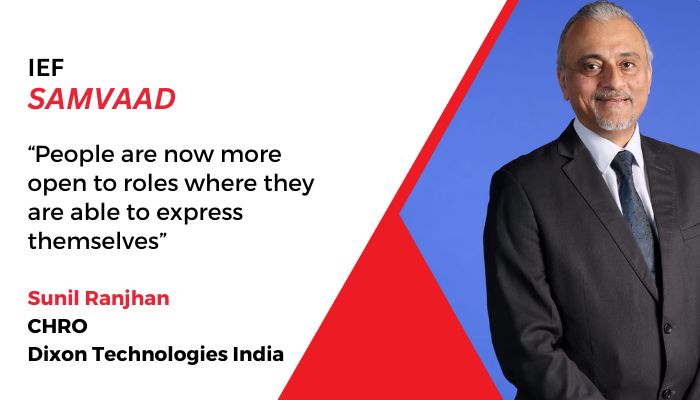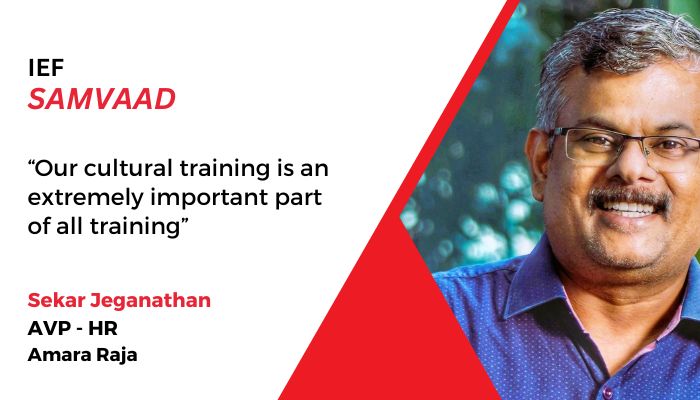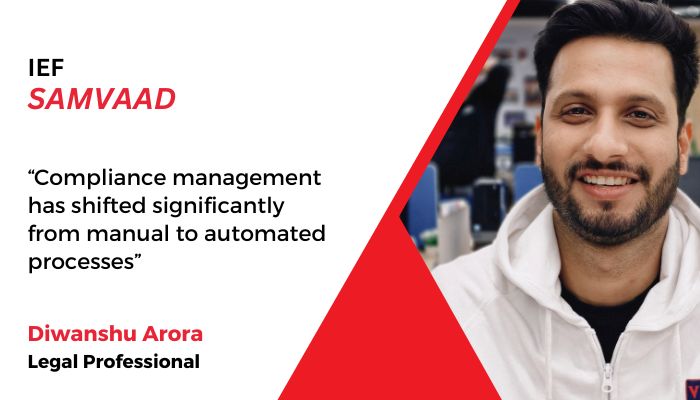Hiranmay Dash, Ex CTO, Sterlite Power Transmission Limited, speaks to India Employer Forum about the latest technology-led innovation, overcoming employability challenge, significance of green energy to India’s energy mix, green jobs in India, and many more.
Q. Can you walk us through some of the latest technology-led innovative measures that are being employed by companies involved in power transmission projects?
There are a few technologies which have come into my mind. The number one is the smart grid. The smart grid is just to make sure that a conventional grid is being digitised by using advanced technology such as sensors and using data analytics, smart metres, etc that will improve efficiency as well as increase sustainability. The second technology coming to my mind which will enhance the productivity for the entire end-to-end value chain of energy deliverables is building information modelling, using GIS and satellite, and of course, analytics. When I say analytics, it is all about in today’s world, artificial intelligence, machine learning, etc.
The third one which enables the reliability and of course the resilience of the structure, this is again the IoT-enabled digital twin, and that also enables predictive maintenance. At the same time, we use satellite imagery and drone image analytics to ensure grid reliability and resonance. The fourth is the enabler of sustainability, energy storage technologies, distributed energy, and 3D printing. These are all some of the technologies which help in reducing the carbon footprint.
Q. Do organisations face any technology-specific challenges with respect to finding suitable talent and is there a provision for on-the-job skill development and training once employees are onboarded?
Industries nowadays have various programs to enable fresh graduates to become good engineers. These programs typically last from six months to one year, aiming to reduce the gap between academia and industry and help graduates become more productive in their jobs. Some industries even offer programs that last from one to two years, where they rotate freshers through different departments, such as from engineering and technology to supply chain, from supply chain to manufacturing, manufacturing to marketing, so that the fresh graduates can gain system understanding.
While these programs are necessary and helpful, I have a few suggestions for fresh graduates. Firstly, they should focus on the fundamentals. In the area of green energy, if they are interested in pursuing this field. Secondly, they should have a good aptitude and attitude towards learning to make the best use of the programs offered by the industry. Third, they should improve their system-level knowledge by utilising the information available today, across the world. I think these three-four things will enable them to become more employable across industries.
Q. Is India on track to reducing our dependence on fossil fuels and what is the significance of Green Energy to India’s energy mix?
What is the significance of green energy? Green energy is significant today, but what does it give to us? Energy security. Mostly, we are trying to replace fossil fuel-based energy through green energy, which helps in reducing the cost of energy. And since renewable energies are abundant in nature, that will help bring lots of energy to the consumers or to the industries. So, we should have a safe future because of this. We are all talking about carbon neutrality and net zero, and the energy industry is at the heart of climate change. They are one of the single biggest challenges for us to reduce the carbon footprint. So I believe this green energy will help us to reduce our carbon footprint and take us towards net zero.
Then the third is the cost of the energy. As we have seen, the generation cost of solar energy has been reduced drastically from 2010 to 2020. I believe this will enable us to lower the cost of energy. At the same time, it will generate lots of employment across the world. Last but not the least, is all about a healthier life. There is one estimate by WHO. 99% of the world population inhaled the air which is beyond the limit prescribed by the WHO. By adopting green energy, we can reduce pollution, and hence, a better and healthier life for the world’s citizens. To me, these are all the four major points and the significance of green energy.
Whether we are on track in India? Of course, we are on track. We have a vision of 500 gigawatts of renewable energy by 2030, and we have already done 175, and I’m pretty sure that we will be able to do the rest of that by 2030. However, when we are doing the generation part, we should also focus, which we are already doing, of course, the transmission to evacuate this energy, and the storage and the digital technology in terms of digital footprint for 24×7 energy from renewable sources.
Q. What are your views on the rise in Green jobs in India and what needs to be done in terms of skill development initiatives and curriculum development on that front?
The world is moving towards achieving net-zero by 2050, which requires investing trillions of dollars. This investment is expected to generate lots of employment, with an estimate suggesting that by 2030, we may have over 20 million jobs due to the green energy sector. In India we may have around 10-20% of these jobs. Are we ready? My answer is yes. There are lots of skill development programs by the central and state governments. Our premium institutes have already developed a curriculum for green and renewable energy. However, if we can do a little more along with this, that will enable us further to get the jobs.
The first one is a good collaboration between industry and academia. There should be constant knowledge transfer between the two. There should be innovation from academia to reduce costs and improve efficiency and productivity. I think both, which is already happening, academia and the energy industry should work together to develop the curriculum to get the best output. Another thing is the on-the-job training. Can we dedicate the six months of all the 8th-semester graduate program, one semester completely for on-the-job training, apart from the summer program to make sure that people learn on the job and industry should also help enable them.
Watch the full interview: In Conversation with Hiranmay Dash, Ex CTO, Sterlite Power Transmission Ltd
About Hiranmay Dash
Hiranmay Dash most recently served as CTO (Chief of Power System & Technology) at Sterlite Power, leading the Engineering, RnD and system team. He was also instrumental in supporting big data projects on the GIS platform and digital twin to minimise the reliability test. In Philips Healthcare, he supported the business transformation of the $250MM XRAY business. He was a senior engineering leader in GE Aviation in developing design best practices, optimisation and predictive design models. Hiranmay is also a certified master black belt from GE Aviation USA and completed his doctorate in business administration on medical device innovation management from SP JAIN Global, Australia.

